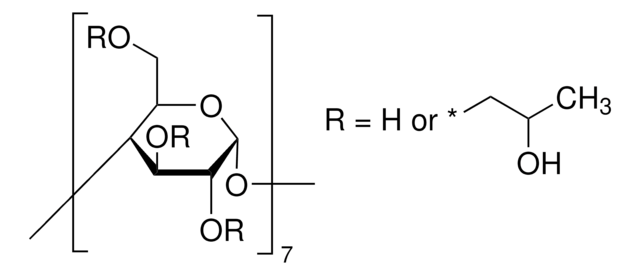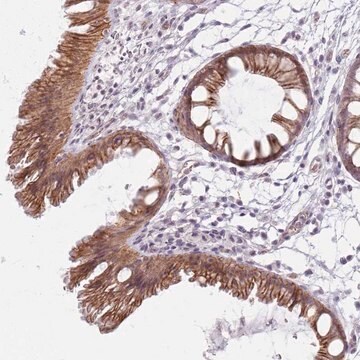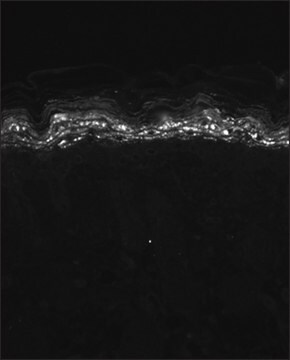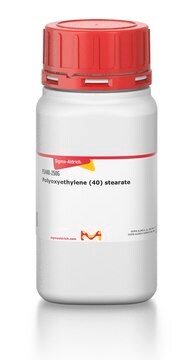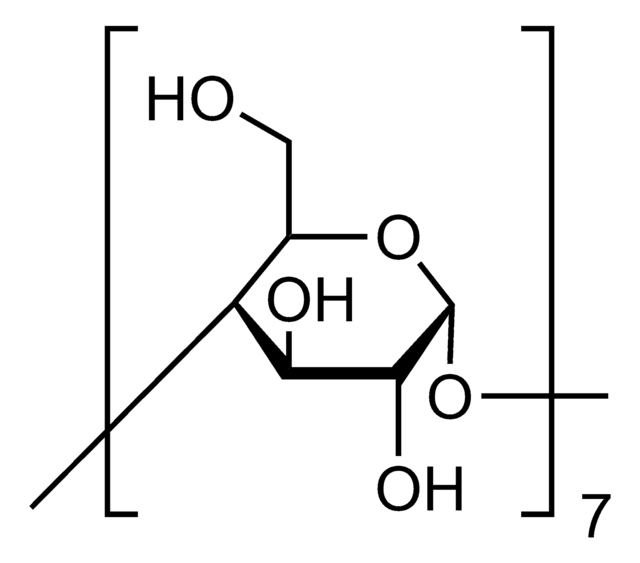P9357
Anti-Potassium Channel Kv1.5 antibody produced in rabbit
affinity isolated antibody, lyophilized powder
Sinônimo(s):
Anti-ATFB7, Anti-HCK1, Anti-HK2, Anti-HPCN1, Anti-KV1.5, Anti-PCN1
About This Item
Produtos recomendados
fonte biológica
rabbit
conjugado
unconjugated
forma do anticorpo
affinity isolated antibody
tipo de produto de anticorpo
primary antibodies
clone
polyclonal
Formulário
lyophilized powder
reatividade de espécies
mouse, rat
técnica(s)
western blot (chemiluminescent): 1:200-1:400
nº de adesão UniProt
temperatura de armazenamento
−20°C
modificação pós-traducional do alvo
unmodified
Informações sobre genes
mouse ... Kcna5(16493)
rat ... Kcna5(25470)
Descrição geral
Imunogênio
Aplicação
forma física
Exoneração de responsabilidade
Não está encontrando o produto certo?
Experimente o nosso Ferramenta de seleção de produtos.
Código de classe de armazenamento
11 - Combustible Solids
Classe de risco de água (WGK)
nwg
Ponto de fulgor (°F)
Not applicable
Ponto de fulgor (°C)
Not applicable
Escolha uma das versões mais recentes:
Já possui este produto?
Encontre a documentação dos produtos que você adquiriu recentemente na biblioteca de documentos.
Nossa equipe de cientistas tem experiência em todas as áreas de pesquisa, incluindo Life Sciences, ciência de materiais, síntese química, cromatografia, química analítica e muitas outras.
Entre em contato com a assistência técnica
